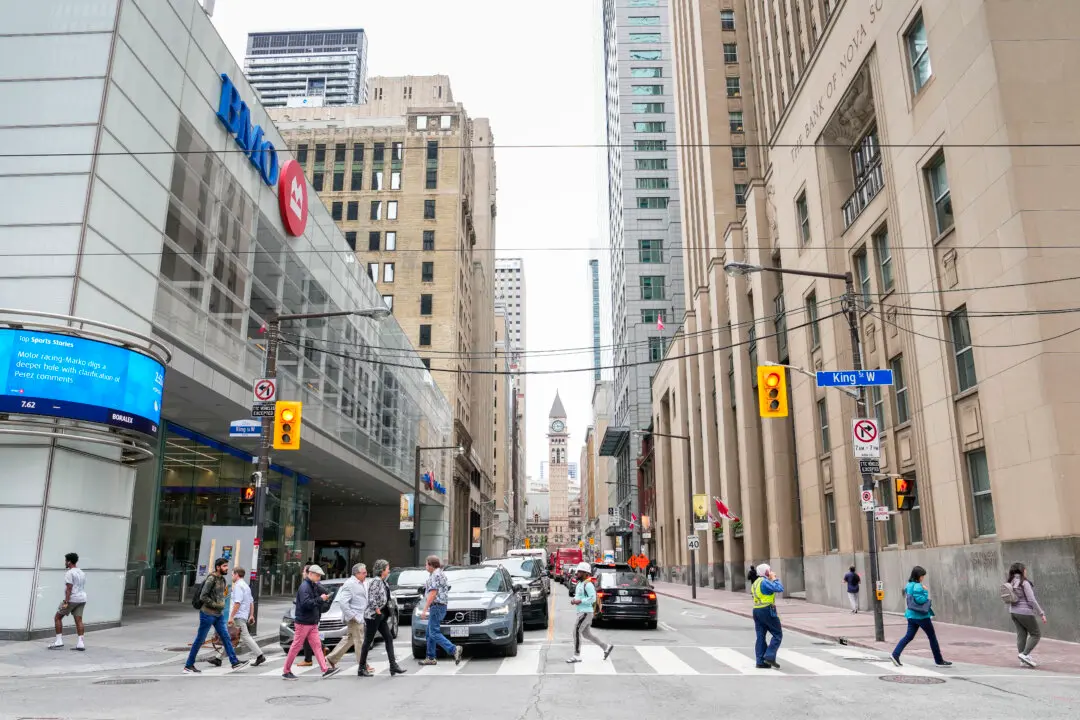OTTAWA—Food Banks Canada is using its annual report on the number of people using food banks in the country to push anew for the federal and provincial governments to do away with the social assistance programs.
It calls for all those bureaucracies to be replaced with a basic income, administered through the tax system, that would be allotted to those under a certain income.
“The time has come for the provinces and territories to dismantle what has become an understaffed, stressed, and ineffective bureaucratic system that hurts more than it helps. There exist several viable models for a basic income–administered through the tax system–that would eliminate the bureaucracy, the intrusiveness, and the stigma associated with welfare,” reads the report.
The group’s executive director says that this would create a minimum income for those living near or below the poverty line, and likely save money for governments.
Katharine Schmidt said the move could also reduce the number of people using food banks, which this year crept up by about one percent to more than 852,000 from the almost 842,000 recorded last year.
“It certainly wouldn’t be an easy thing to do, but if we were to dismantle the existing bureaucracies and put in place a basic income, that was administered through the tax system, we really believe that it would reduce the overall cost to governments,” she said.
“At the end of the day, we would be a better off Canada than we are today.”
Food Banks Canada has seen two other regular requests in its annual HungerCount report become part of the Liberal government’s campaign platform: to bring down the cost of food in the territories, and money to build more affordable housing across the country.





